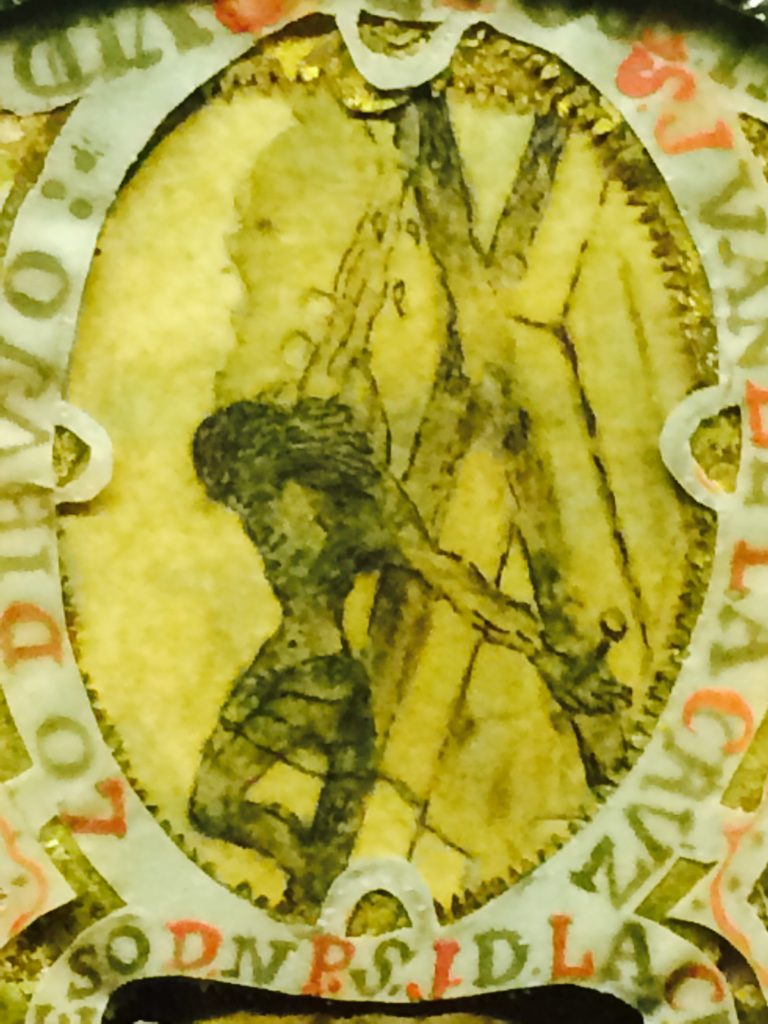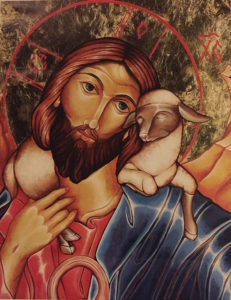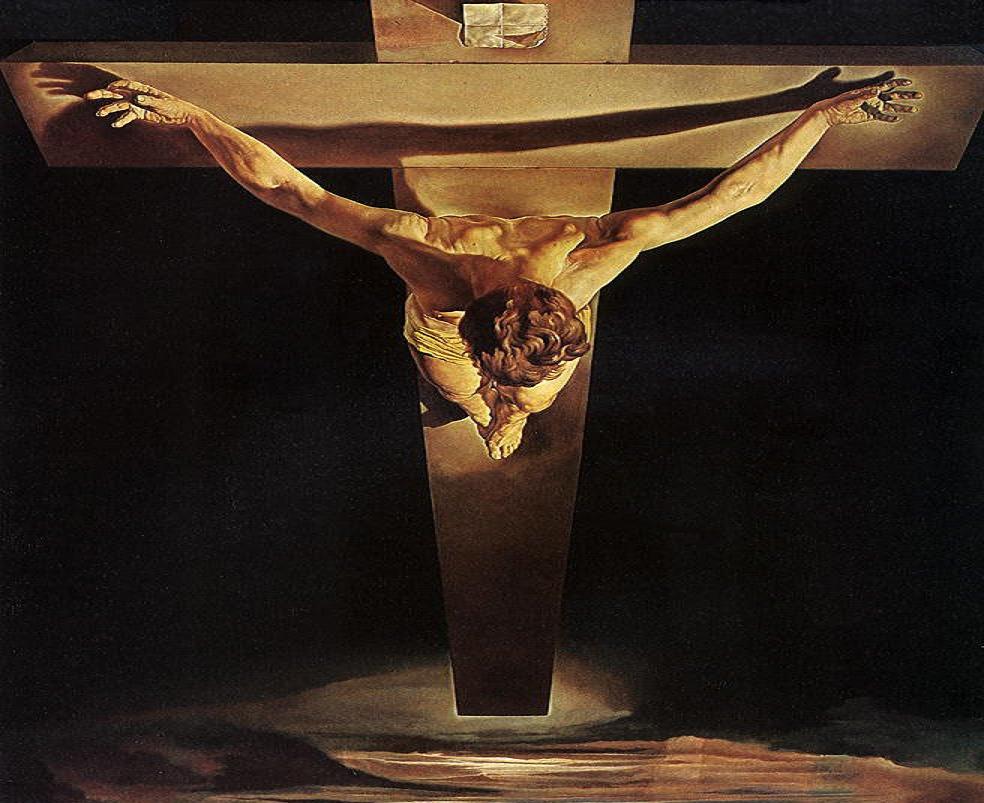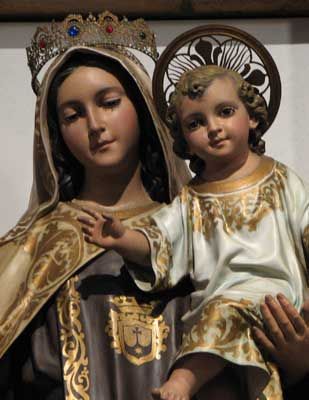
Sometimes, it takes a leap of faith to be able to believe that our life is important to God, that we are sacred in His eyes, that we are part of the redeeming beauty of Christ, and that God looks upon each of us as his Beloved. Where there is love in you, Jesus sees that love as beautiful to Him. ‘Who we are in Christ’s eyes, is who we are alone,’ as St. Francis says. I don’t have to be preoccupied about what people think about me because if I know that I am right with Him, then that is all that matters. I can divest myself from useless concerns that waste precious time and energy.
Cardinal Ratzinger says, ‘We must learn to see Him.’ To go further, we must learn to see Him in ourselves. That is not meant to be self-centered navel gazing, but in our spiritual life, we must have a deepening knowledge of ourselves. St. Teresa says that knowledge of self is the foundation for the spiritual life. If we never go through this journey of inner healing, there will be a serious insufficiency and handicap as we continue in our life of piety and prayer. And we won’t know what is holding us back, much of it in the emotional, psychological, and relational level. The focus can’t be just spiritual, for our spiritual lives are inter-combined with everything else about who we are.
We must learn to see Him, including learn to see Him in ourselves. Whatever is in us, whatever message, whatever we’ve assumed, and have been conditioned to think, about our past, our present, our future; whatever we’ve adopted, whatever stinking thinking about who we are that we have adopted as truth about our possibilities and potentials – that isn’t coherent, consistent, and in harmony with His gospel, His vision, and with what He says about our lives and who we are – must be thrown out. The lies must be renounced and cast out of our lives because they will hold you back from being free.
Truth sets us free, but lies and ignorance enslave us to a lesser self, a false God. We must have no false Gods before us. We must learn to see Him. Ratzinger continues, ‘If we know Him, not only in words, but if we are struck by the arrow of His paradoxical beauty, then we will truly know Him and know Him not only because we have heard others speak about Him.’
What does he mean by paradoxical beauty? Very simply, the cross.
Only the eyes of faith, someone who knows Jesus inside and out, can see beauty in the cross. Those for whom Jesus has not come to birth in their hearts will ask, ‘How can you find beauty in the cross?’ It seems like a total contradiction to have a symbol of torture that is also a symbol of religion. It makes absolutely no sense to the natural human mind – unless, of course, it has been blessed and enlightened by faith. Paradoxical beauty. What may seem as total failure to someone else, can be seen as the fullness of love and self-giving to another person with faith. That’s beauty.
To lay down your life for your friends is beautiful. But especially so, when God does it for humanity, for sinners. Oftentimes, what brings out what’s most beautiful in us, happens after we’ve passed through some experience of the cross. From the most ugly, most painful experiences, from the ashes, can arise a fire of a new beauty in our lives. This is the redemption of Christ Jesus alive in the world, at work in each of us, bringing about and renewing in all who have faith, the death and resurrection of Christ, the Paschal mystery. That is paradoxical beauty (to be continued).
May the Lord bless us, protect us from all evil and bring us to everlasting life.
(SOURCE: Denver Retreat, October 2015)
Copyright 2016, Fr. Robert Barcelos. All Rights Reserved
‘Arm yourselves with the armor of faith and the sword of truth. Pray for the grace to forgive and to ask for forgiveness – and for the healing of wounded bodies and souls.’
[sbscrbr_form]
If you liked this post, share it by clicking on one of the social media icons. And if you were inspired or have a prayer request, share that too under the ‘comment’ section!




